Drivetrain Options for Mountain E-Bikes: The Essentials
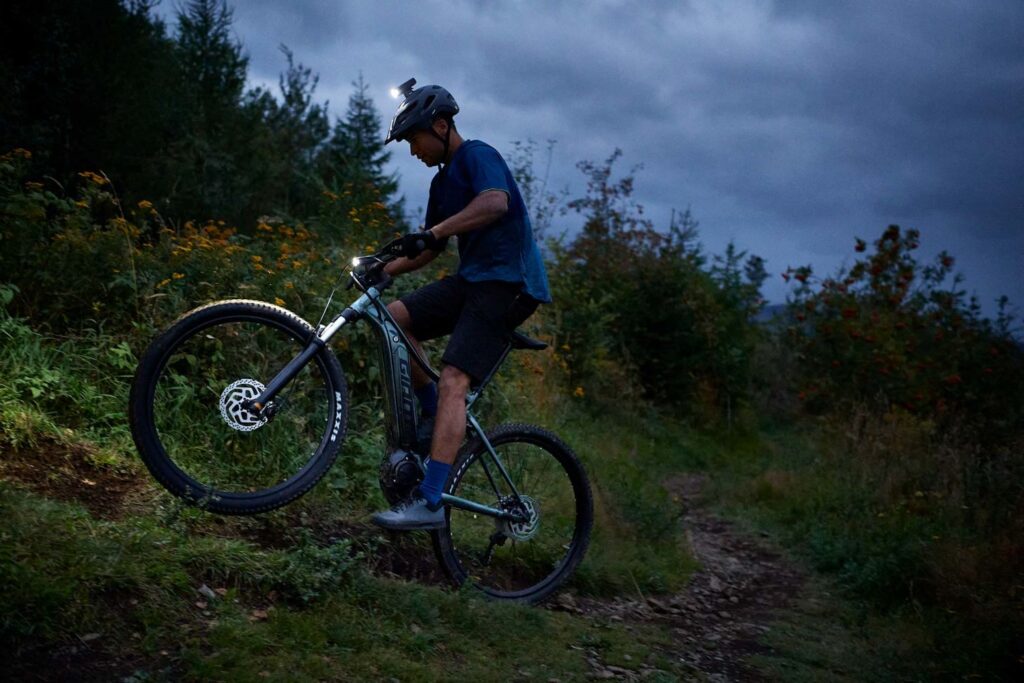
Key Point Summary of Drivetrain Options for Mountain E-Bikes:
- Understanding drivetrain basics is crucial for optimal performance on mountain e-bikes.
- Gear selection and shifting systems play significant roles in navigating mountain trails.
- Modern mountain e-bikes offer various drivetrain configurations to suit different riding styles and preferences.
- Maintenance and proper care of your drivetrain can extend its life and enhance your riding experience.
As a seasoned rider who’s navigated the rough and tumble of mountain biking trails, faced the grit of gravel paths, and tackled the muck of cyclocross circuits, I’ve learned a thing or two about what makes a bike tick in the most challenging conditions. One critical aspect that often decides how well you conquer these terrains is the drivetrain of your mountain e-bike.
Here, I aim to share insights on drivetrain options for mountain e-bikes, tailored for cyclists at the beginner to mid-level experience. My journey through the gears and grinds has taught me valuable lessons, which I’m eager to pass along in a casual, yet informative tone.
Diving into Drivetrains
The heart of any e-bike’s performance, especially when it comes to mountain biking, lies in its drivetrain. This system of components, which includes the cranks, chain, cassette, derailleurs, and shifters, is what translates your pedaling effort (assisted by the e-bike’s motor) into forward motion across varying terrains.

Selecting the Right Gears
Gear selection is not just about having a wide range of speeds; it’s about having the right gears for your specific riding style and the trails you frequent. Early in my mountain biking days, I underestimated the importance of this, often finding myself over-geared on steep climbs or under-geared on fast descents. The right gear range can make a significant difference in your ability to tackle climbs efficiently and descend with control.
Shifting Systems Explained
The evolution of shifting systems has been fascinating to witness. From the traditional mechanical shifters to the cutting-edge electronic shifting systems, each offers its own set of benefits. Mechanical systems, with their physical cables, offer a tangible and direct connection to the bike’s gearing. However, they require regular maintenance to keep them performing optimally, something I learned the hard way during a race when a neglected cable caused a critical gear miss.
On the other hand, electronic shifting systems, such as SRAM’s AXS or Shimano’s Di2, provide swift, precise gear changes with minimal effort. The first time I tried an electronic system, I was amazed by the immediacy and accuracy of shifts, even under heavy load. This precision can be a game-changer on technical climbs or when needing to quickly adjust to trail conditions. Plus, the lack of physical cables means less maintenance and more consistent performance over time, though it does require keeping an eye on battery life.
Drivetrain Configurations
Mountain e-bikes come with a variety of drivetrain configurations, each with its own advantages. The traditional setup, a triple chainring at the front with a wide-range cassette at the back, offers a vast range of gears. However, the trend has shifted towards simpler setups that reduce weight and complexity while still providing a broad gear range.
The 1x drivetrain, with a single chainring at the front and a wide-range cassette at the back, has become a popular choice for mountain e-bikes. Its simplicity reduces the chance of mechanical issues, and the wide-range cassette ensures you have the gears needed for steep climbs and fast descents. My switch to a 1x system simplified my gear choices, allowing me to focus more on the ride and less on gear selection.
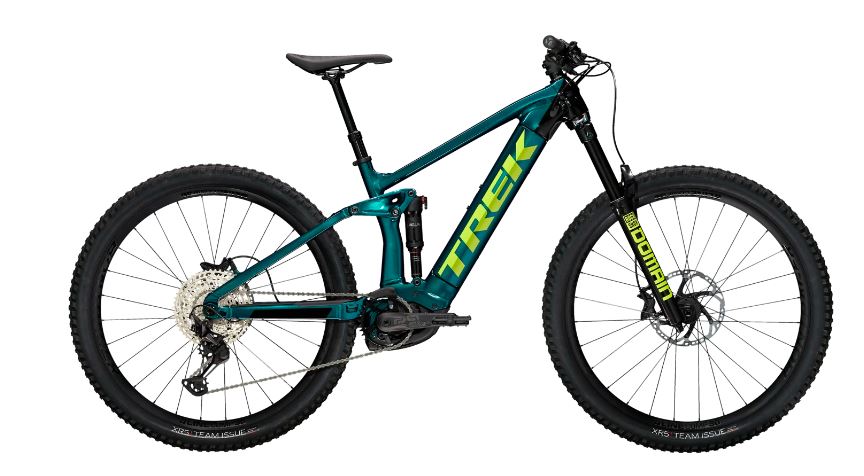
Tuning for Terrain
Understanding the type of terrain you’ll be riding is crucial when considering drivetrain options. For instance, if you’re tackling steep, technical trails, a drivetrain with a low gear ratio will help you maintain traction and control without over-exerting yourself, even with the motor’s assistance. Conversely, for rolling terrains with long descents, a drivetrain that offers higher gear ratios can be beneficial to take full advantage of the speed potential without spinning out.
One memorable ride through the Rockies taught me the importance of terrain-specific gearing. The combination of steep ascents and rapid descents tested every gear on my bike. It was a clear reminder that there’s no one-size-fits-all when it comes to gearing—what works on the smooth hills of your local trail might not cut it in the mountains.
Drivetrain Options for Mountain E-Bikes: Wrapping Up
In conclusion, the journey through the intricacies of mountain e-bike drivetrains reveals a landscape rich with options, each tailored to suit the varied demands of off-road cycling. Whether you’re a beginner venturing into the rugged outdoors or a mid-level enthusiast looking to refine your ride, understanding and selecting the right drivetrain configuration is paramount. The evolution from mechanical to electronic shifting systems has opened up new realms of precision and ease, allowing riders to focus more on the joy of the ride and less on the mechanics. The shift towards simpler, more efficient drivetrains, like the 1x system, underscores the industry’s commitment to enhancing the mountain biking experience.
As riders, our challenge is to match our gear to the terrain, a task that requires insight, experience, and a bit of experimentation. Armed with the knowledge of how different systems work and what they offer, you’re well-equipped to make informed decisions that elevate your mountain biking adventures. The right drivetrain not only complements your riding style but also transforms your relationship with the trails. Embrace the journey, explore your options, and pedal onwards to unforgettable rides.
For mountain e-bikes with excellent drivetrains, here are some top choices from 2024 that have been highly recommended across different reviews:
Santa Cruz Bullit X01: This model stands out for its DH/enduro/trail capabilities, featuring a carbon frame, Shimano EP801 motor, and a 630Wh battery. It also comes with a VPP lower link suspension, ensuring a superbly capable performance on demanding terrains. Despite its premium price, it’s praised for its lifetime frame, bearing, and wheel warranty.

Orbea Rise M20: Known for its light carbon fiber frame, the Rise M20 features a Shimano EP8-RS motor and a 360Wh battery, providing a lightweight and responsive ride. The bike is equipped with a Shimano SLX 12-speed drivetrain, premium Shimano hydraulic disc brakes, and is designed for riders seeking a high-performance, full-suspension e-MTB.

Merida eONE-SIXTY 9000: This bike is celebrated for its all-round performance, with a carbon frame, Shimano EP8 drive system, and a versatile geometry that makes it suitable for a wide range of trails. It features playful descending characteristics and a controlled delivery of power for climbing. The drivetrain and braking system come from Shimano’s dependable XT and SLX lines, ensuring reliable performance

FAQ
What drivetrain is best for mountain bike?
The best drivetrain for a mountain bike depends on the rider’s specific needs and terrain. However, 1x drivetrains (one front chainring with a wide-range rear cassette) are popular for their simplicity, reduced weight, and ease of use, making them a great choice for most mountain biking scenarios.
What is the drivetrain on a mountain bike?
A mountain bike’s drivetrain consists of the components that transmit power from the rider’s legs to the bike’s wheels. This includes the cranks, chainring(s), chain, cassette (rear gears), derailleurs (front and rear, if applicable), and shifters.
What is the drivetrain on an ebike?
The drivetrain on an e-bike includes the same components as a traditional bike (cranks, chainring(s), chain, cassette, derailleurs, and shifters) with the addition of an electric motor and battery. The motor assists the rider’s pedaling effort, enhancing the bike’s performance, especially on climbs and long rides.
What is the best transport for an ebike?
The best transport option for an e-bike depends on the distance and convenience. For short distances, using a bike rack on a car or an e-bike trailer can be efficient. For longer distances, look for public transportation options that accommodate e-bikes, such as trains or buses with bike racks, or consider a bike travel case if flying. Always check the specific policies of your transport provider regarding e-bikes, as they can vary significantly.
Happy e-trails!
John

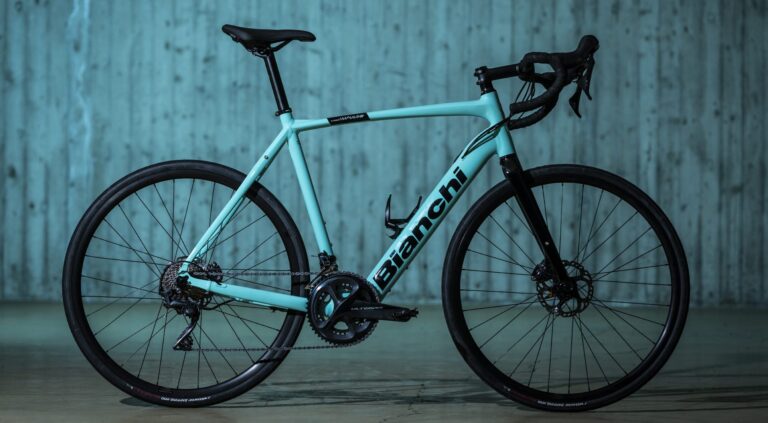
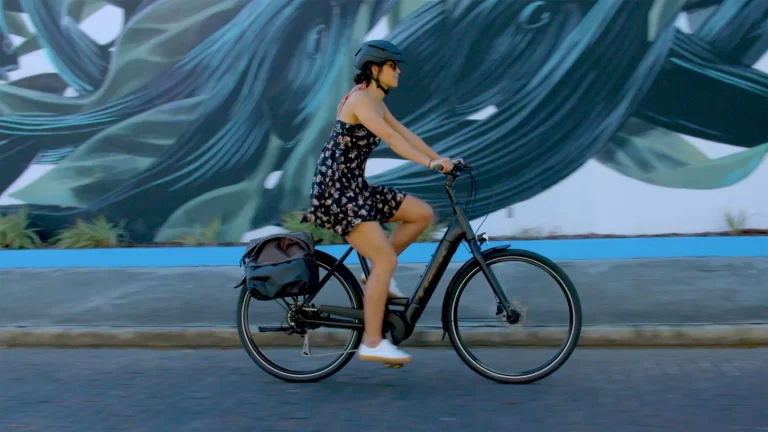
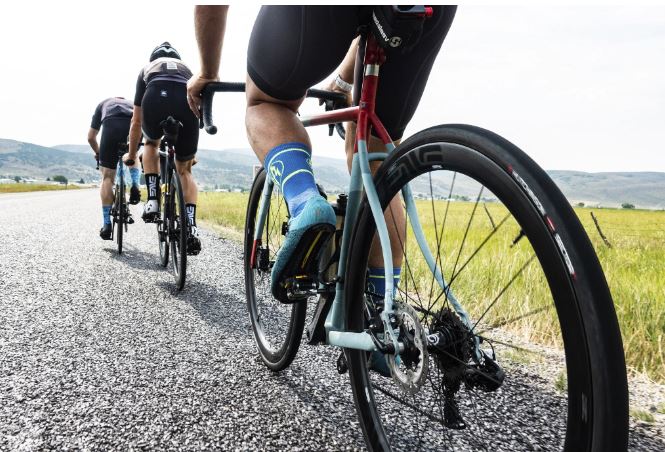

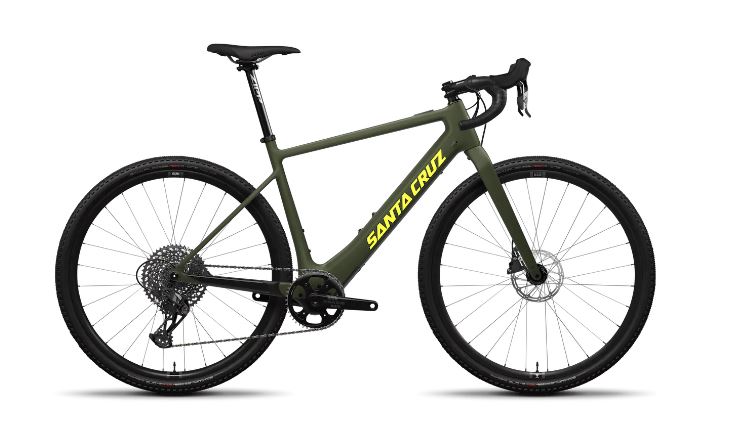

I am genuinely delighted to read this weblog posts which
contains lots of valuable information, thanks for providing
these kinds of statistics.